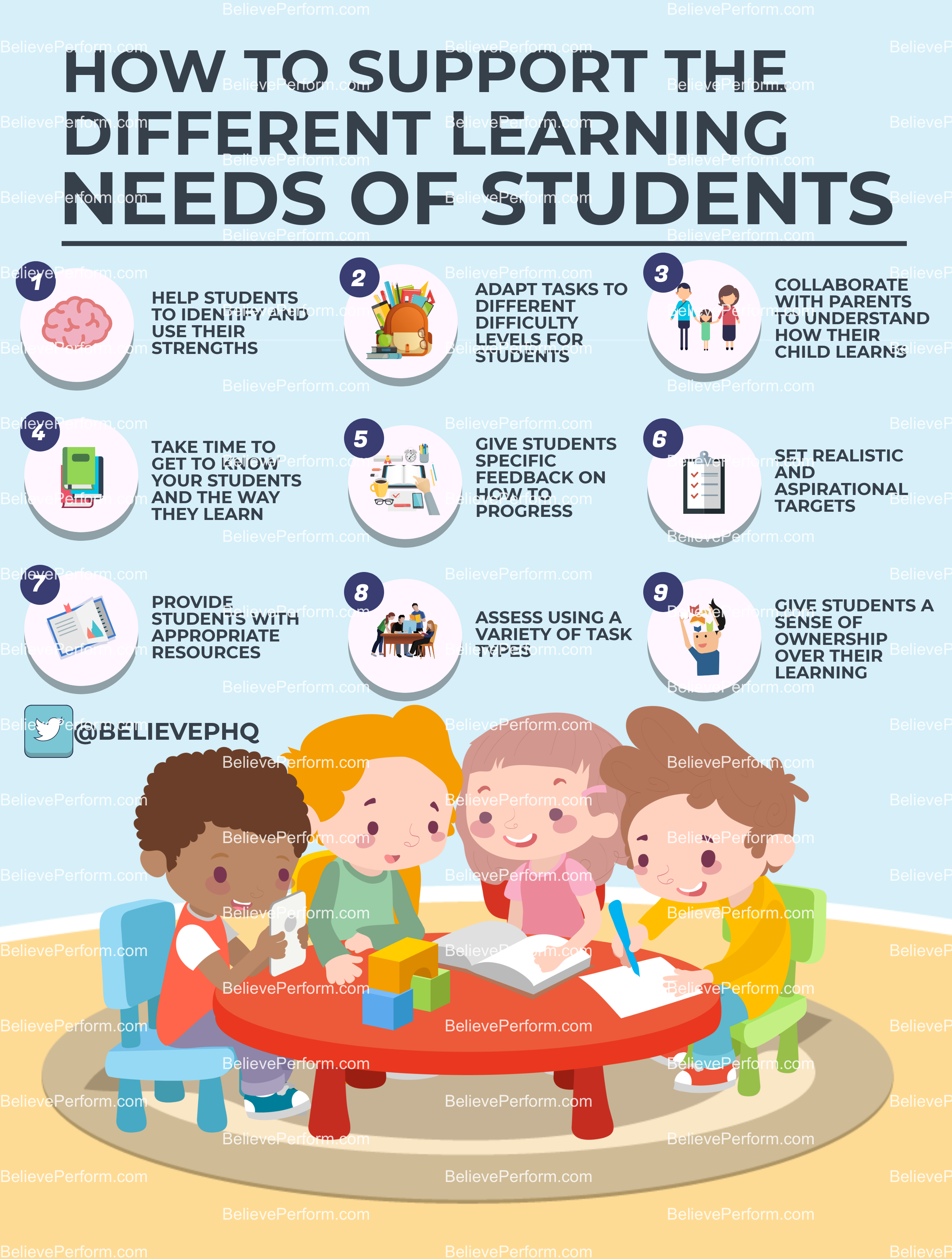Introduction
In this blog post, we will explore the learning needs of children and how we can effectively address them. Education plays a crucial role in shaping the future of our children, and understanding their unique learning requirements is essential for providing them with the best opportunities to succeed.
The Importance of Understanding Learning Needs
When it comes to education, a one-size-fits-all approach simply does not work. Each child is unique, with their own strengths, weaknesses, and learning styles. By recognizing and addressing their individual learning needs, we can create a more inclusive and effective learning environment.Understanding the specific learning needs of children allows educators and parents to tailor their teaching methods and strategies accordingly. By doing so, we can ensure that every child receives the support and guidance they need to reach their full potential.
Identifying Learning Needs
There are various factors to consider when identifying the learning needs of children. One crucial aspect is recognizing the different learning styles, such as auditory, visual, and kinesthetic learners. Some children may excel in traditional classroom settings, while others may thrive in more hands-on or visual learning environments.Additionally, it is important to consider any specific learning difficulties or disabilities a child may have. Conditions such as dyslexia, ADHD, or autism spectrum disorders can significantly impact a child's learning experience. By identifying these needs early on, educators can implement appropriate accommodations and support systems.
Addressing Learning Needs
Once the learning needs of children have been identified, it is crucial to create a supportive and inclusive learning environment. This involves implementing a variety of strategies and approaches that cater to different learning styles and abilities.One effective approach is differentiated instruction, where educators adapt their teaching methods to meet the diverse needs of their students. This may involve providing additional resources, modifying assignments, or incorporating technology to enhance the learning experience.Furthermore, collaboration between educators, parents, and professionals is key in addressing the learning needs of children. By working together, we can develop individualized education plans (IEPs) that outline specific goals, accommodations, and support strategies for each child.
Conclusion
In conclusion, understanding and addressing the learning needs of children is crucial for their educational success. By recognizing their unique learning styles, identifying any specific difficulties, and implementing tailored strategies, we can create an inclusive learning environment where every child can thrive and reach their full potential. Let us prioritize the individual needs of our children and provide them with the support they require to become lifelong learners.

